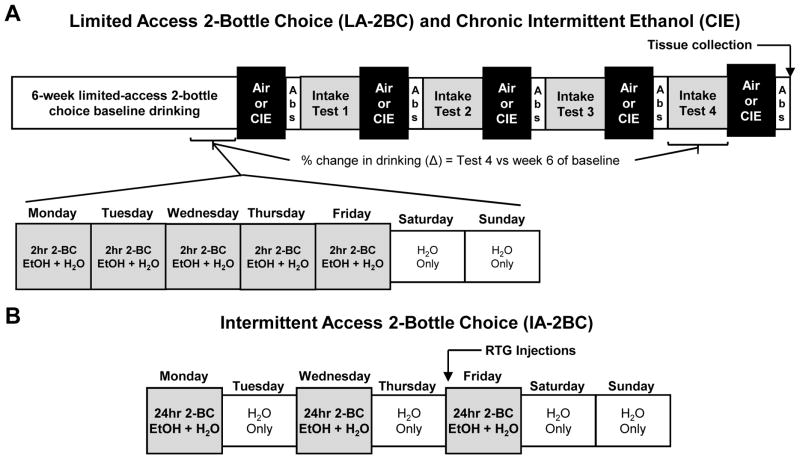Figure 1. Schematic of the drinking models used in BXD RI strains of mice and the C57BL/6J parental strain.
(A) The two-bottle choice limited-access voluntary drinking and chronic intermittent ethanol (CIE) exposure paradigm used in BXD RI strains of mice. Mice were given access to ethanol (15% v/v) for 2 hr using a limited-access 2-bottle choice (LA-2BC) procedure for 6 weeks to establish baseline ethanol intake. Mice then received either CIE vapor in inhalation chambers or air in control chambers. After chamber exposure, mice entered a 72 hr abstinence (Abs) period and were then tested for ethanol drinking for 5 days. This pattern of chamber exposure, abstinence, and voluntary drinking was repeated for 4 cycles. Brain tissue was collected 72 hr after the final chamber exposure. The percent change in drinking (Δ) was calculated as the percent change between Intake Test 4 and the 6th week of baseline drinking. (B) Schematic of the intermittent access 2-bottle choice (IA-2BC) paradigm used in C57BL/6J mice. In this model, mice had access to 20% ethanol (v/v) for 24 hr three days a week with a 24 hr forced abstinence period in between drinking sessions. Mice were then treated with retigabine after 7 weeks of baseline drinking.

